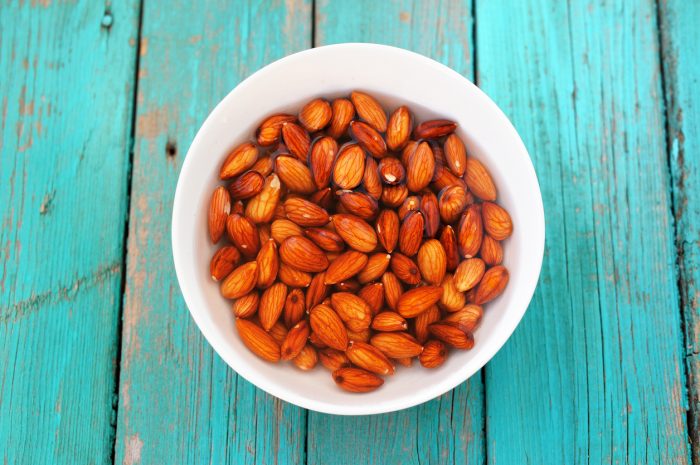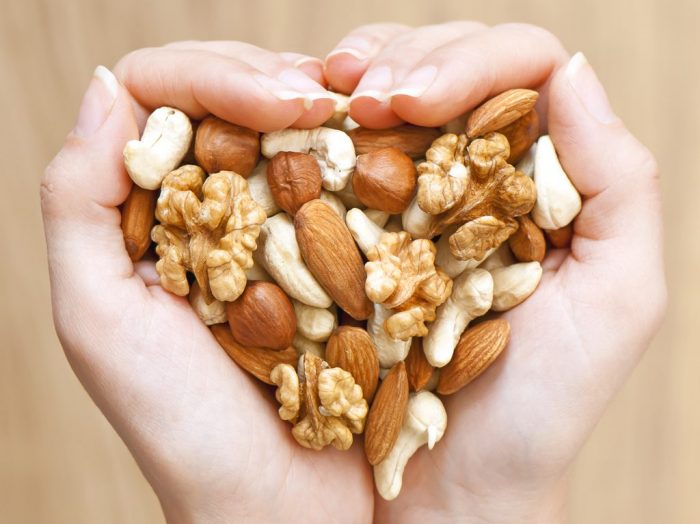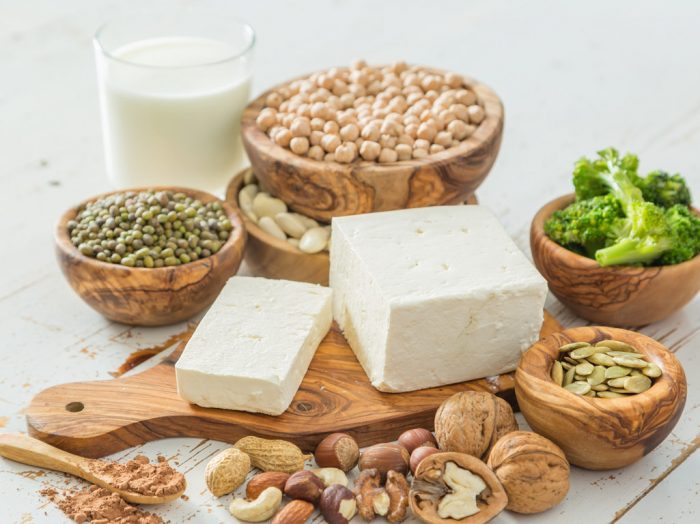Soaking nuts and seeds seems like an optional activity, right? Actually, it’s a must if you want to be sure they don’t irritate your stomach along the way. Here are a few rules you should keep in mind when you’re soaking nuts and seeds.
Pecans, walnuts, pine nuts, skinless hazelnuts, macadamia nuts, almonds, cashew, and pumpkin seeds. They are all delicious and probably you have them often if you’re trying to eat healthily. But raw nuts, and even more, raw seeds, will only live up to their true potential if you soak them first.
Let us explain: Raw nuts and seeds have big levels of phytic acid, which serves as a physiological protectant and antioxidant. But when consumed by humans, the phytic acid binds to minerals in the gastrointestinal tract, causing irritation. Also, it can be a cause for nutrient deficiencies.
Raw nuts contain a significant amount of enzyme inhibitors. Their role is to prevent nuts and seeds from sprouting prematurely in nature. For humans though, they can cause some digestive strain.
Furthermore, the nutrients found in raw nuts and seeds cannot be properly assimilated in their raw form.
Fortunately, we still can get the best out of our nuts and seeds. The phytates and enzyme inhibitors can be easily neutralized by soaking them in salt water or dehydrating them using a low temperature.
Soaking nuts and seeds and how to do it properly

Soaking nuts and seeds is not difficult. The process is the same, regardless of the type of nut or seed you want to soak. Only the time varies from nut to nut (or from seed to seed) because of the differences in fat composition, size, and texture.
You should follow these basic steps when soaking nuts and seeds:
- Measure out 4 cups of raw, unsalted, organic nuts or seeds into a medium-sized bowl.
- Cover with filtered water so that nuts are submerged completely.
- Add 1-2 tablespoons of unrefined salt. Pecans, walnuts, and pumpkin seeds need 2 tablespoons of salt, but the remaining (pine nuts, skinless hazelnuts, macadamia nuts, almonds, or cashews) need only 1 tablespoon.
- Allow the nuts to stand covered on the counter for about 7 hours, or overnight. If the majority of the nuts need more than 7 hours of soaking, cashews are softer, so they need less than 6 hours to be ready.
- Rinse nuts to remove the salt residue and spread out in a single layer on a rack to dehydrate.
- Dry at a low temperature (generally no higher than 150°F/65°C, although there are exceptions, like cashews, which need to be dehydrated at 225°F/100°C) in the dehydrator or in the oven for 12-24 hours or until the nuts are slightly crispy.
We know that soaking nuts and seeds is time-consuming. Also, the soaking process deprives the nuts and seeds of their crunchy texture. It’s not the end of the world if you don’t soak your nuts and seeds before you consume them – studies say that a healthy digestive system and a varied diet can tolerate a certain amount of phytic acid and the enzyme inhibitors without a problem.
But if you experience low belly pain after eating nuts and seeds, maybe you should give soaking a try.
If you’re interested in dairy-free milk, here you can find out how to make almond milk at home.






